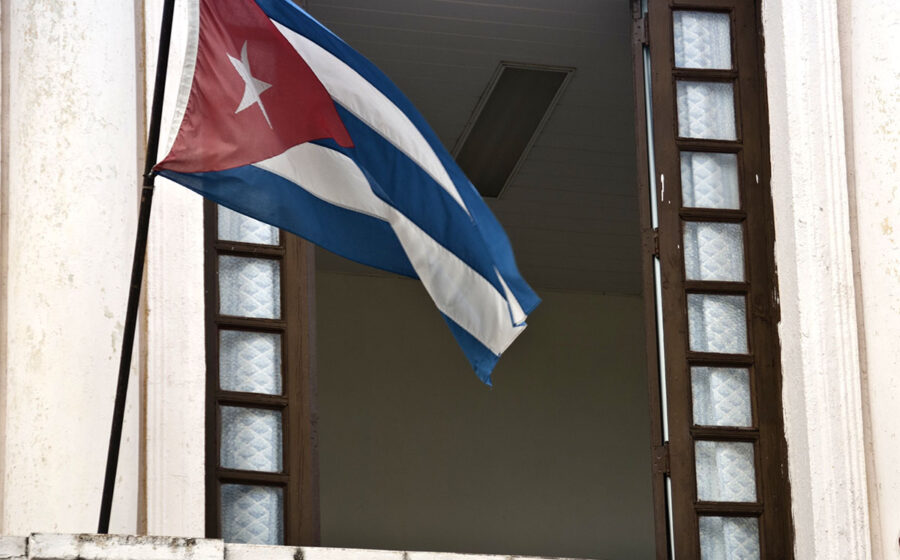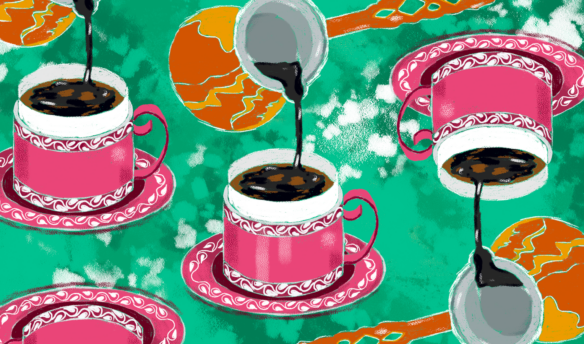[A]fter the surprise joint announcement by presidents Barack Obama and Raul Castro that the United States and Cuba would resume diplomatic relations, Americans began to wonder how soon they could get hold of Cuba’s near mythical cigars and rum. For coffee roasters, there was a hint of a chance to import beans no American roastery had seen in the specialty age. Like those cigars and rum brands, the question now is: are those beans actually special or were they coveted because they were verboten?
To get a sense of what Cuban coffee is like, I reached out to coffee professionals in Britain and Canada, which along with Japan and European countries are Cuba’s market for coffee. (Remember: the embargo is on until Congress overturns it, which Republicans who now control both houses are loath to do.)
Cuban coffees are grown and sold exclusively by the Cuban government. Traceability is nonexistent and the coffees are all blended and sorted by screen size. Two premium, high-altitude coffees are sold, Extra Torquino and Crystal Mountain, the second pushed as Cuba’s answer to Jamaican Blue Mountain coffee. The coffees are washed. According to the slate of cuppers, the coffees are akin to other Caribbean coffees and present earthy notes of chocolate and tobacco with hardly any acidity. The aromatics are muted though the body is good. If you’re looking for a whiz-bang, complex coffee, Cuba won’t wow you. The people who like it revel in its subtleties.
“I would call it the shiraz of the coffees,” says Terra Coffee and Tea’s president, Carlo Granito, who has been buying Cuban coffees for more than twenty years. “Again, you have to love coffees that have good body.”
Cuba’s coffee industry began with the arrival of French colonists fleeing across the Windward Passage in the wake of the Haitian Revolution. Coffee took off in the 1800s, with the odd hurricane and conflict hurting production. Since the revolution in 1959, though, Cuba’s crops have dwindled. According to data from the UN’s Food and Agricultural Organization, Cuba produced 37,000 tons of coffee in 1961, the earliest year the organization has data. Following the nationalization of agriculture, land devoted to coffee was eventually shrunk to just sixteen percent of its previous acreage. In 2012, the latest data available, production was at 11,000 tons.
That’s a paltry amount (it’s less than half of Haiti’s production that year), but it’s in demand and the government knows it.
“It is very difficult to work with them,” says Granito. The sellers drive very hard bargains and play buyers off one another, which is made more exhausting by a very slow bureaucracy. He doesn’t begrudge the doggedness though. “Any countries that have good coffee and produce less should get a lot more for their coffee.”
Cuban coffees arriving in the US may produce a new dilemma at cafés: explaining to customers the difference between Cuban coffee and café Cubano.
—Cory Eldridge is Fresh Cup’s editor. He’s got a bag packed for Cuba now.
(Photo: Matt Smith, Creative Commons.)















